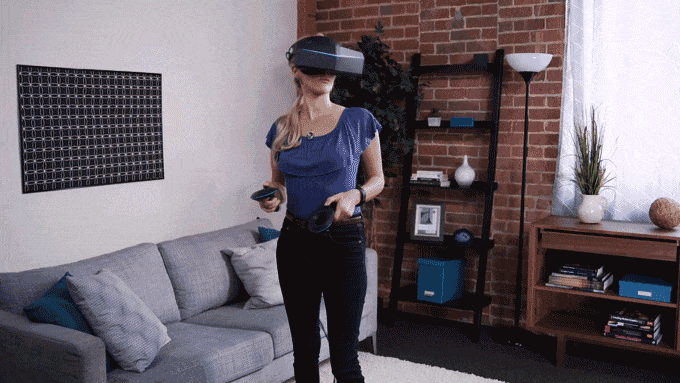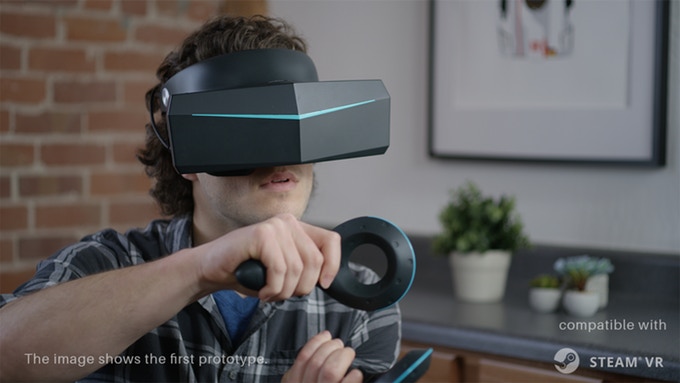
Virtual reality is a fascinating field right now partially because there’s still so much potential.
It’s not yet mainstream; there haven’t been any blockbuster games known and loved by the general public. From a technology standpoint, there’s still a feeling that those working on the tech haven’t quite figured it out yet. Actions can feel unnatural or worse, nausea-inducing, and visuals often seem pretty unconvincing. Even the physical equipment is awkward.
Yet, even though VR users haven’t had perfect experiences so far, there’s still a high-level of passion for the art form because — even if it’s glitchy and uncomfortable — strapping yourself into a truly immersive imaginary world is an amazing experience.
And since it’s so easy to see the value of this budding technology, it’s become a field that breeds hype — the over-the-top, obnoxious sort of hype that sometimes makes you roll your eyes.
It can therefore be difficult to approach a new headset or game or studio with the appropriate enthusiasm. The Pimax 8K headset is a great example.

Pimax has been generating hype since it unveiled its 8K VR headset at CES 2017. That’s right, 8K. As in one 4K screen 3840 x 2160 pixels per eye. Plus, it boasts, a 200-degree field of vision.
The company itself isn’t completely new to VR headsets — it released a 4K mobile-based headset last year that came out to relatively positive reviews — so from a vaporware standpoint there doesn’t seem to be much to fear, but still, the ambition of this undertaking does make one uncertain about its success.
The company’s goal is to provide ‘unrivaled visuals’ that eliminate the pesky ‘screen door effect’ (shown below) well-known to VR gamers and provides them with a level of peripheral vision that will reduce the need for looking about and make games feel even more immersive.

The headset has two tracking modes: inside-out tracking and positional tracking with external tracking stations, which users can switch at will. It’s also set to be compatible with Steam VR and Oculus software.
Pimax is currently raising funds on Kickstarter for its 8K headset, where it has already hit nearly $900,000 USD in backing.
An 8K headset sans base stations or controllers costs $544 CAD, while a full package with two controllers and base stations is $849 CAD.
The headset is expected to ship in January 2018, the full package in February 2018.
Verdict: Conditionally sticky.
So will it actually live up to its hype?
I have my doubts about this headset. It’s enormous, for one. I can only imagine it feels like having the world’s first cellular phone strapped to your face, or maybe a steel-toed boot; strangely enough it doesn’t say anything about weight on its Kickstarter page.
However, I’d be willing to give up comfort for absolutely stunning visuals, and I’m intrigued by this company’s ambition in that respect. The Pimax 8K VR headset gets a conditionally sticky rating, until I get to strap my head into this beast and give it a whirl in real life.
Note: This post is part of an ongoing series titled Sticky or Not in which Senior Reporter Rose Behar analyzes new and often bizarre gadgets, rating them sticky (good) or not (bad).
MobileSyrup may earn a commission from purchases made via our links, which helps fund the journalism we provide free on our website. These links do not influence our editorial content. Support us here.


